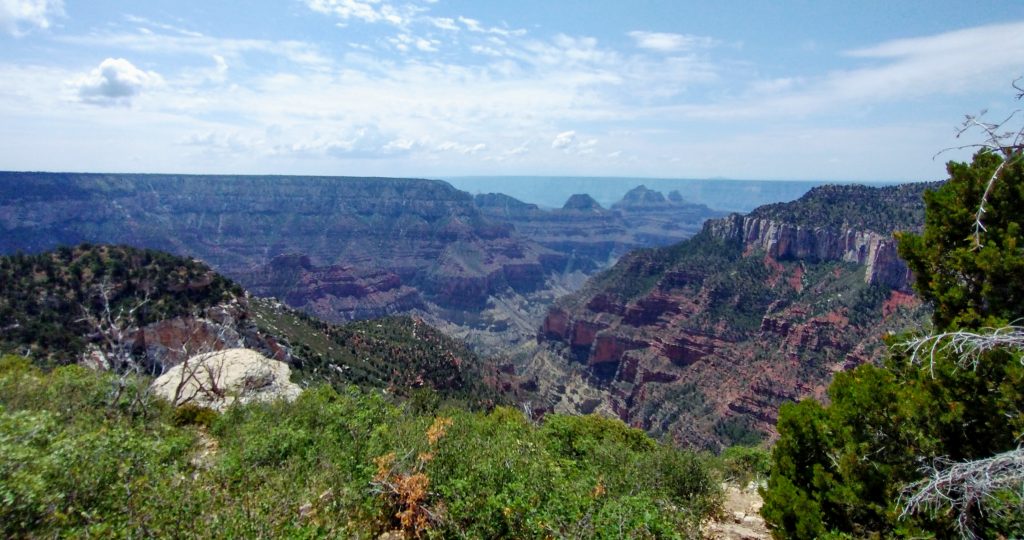Sarah Brown’s journal of her summer intercultural* experience in the Navajo Nation is packed with vibrant reflections: from the challenges of travelling in a large group, to joy at playing with dogs on the reservations, to the complexities of feelings as she met with elders, heard stories of boarding school abuse and U.S. government transgressions, and processed cultural differences.
A nursing major at Eastern Mennonite University, Brown travelled with 11 other students; biology professor Jim Yoder; his wife Kathy, a garden-based educator; and guide Robert Redsteer for an intense three-week exploration of the Navajo (Diné) and Apache culture during July and August.
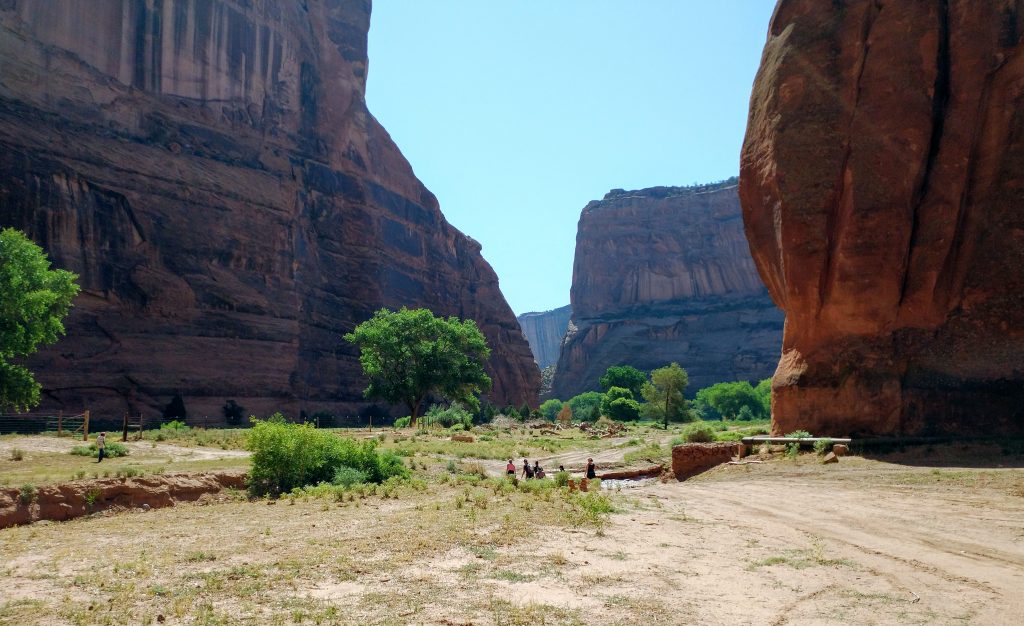
The main focus of the trip was to learn about the two tribes’ history, culture, religion, language and social realities, Jim Yoder said, but the group also explored environmental justice issues such as food security, the impacts of uranium mining, and access to uncontaminated water. Among their favorite days was a service project helping to erect a hoop house and weed garden plots used by several families at a community farm in Leupp, Arizona.
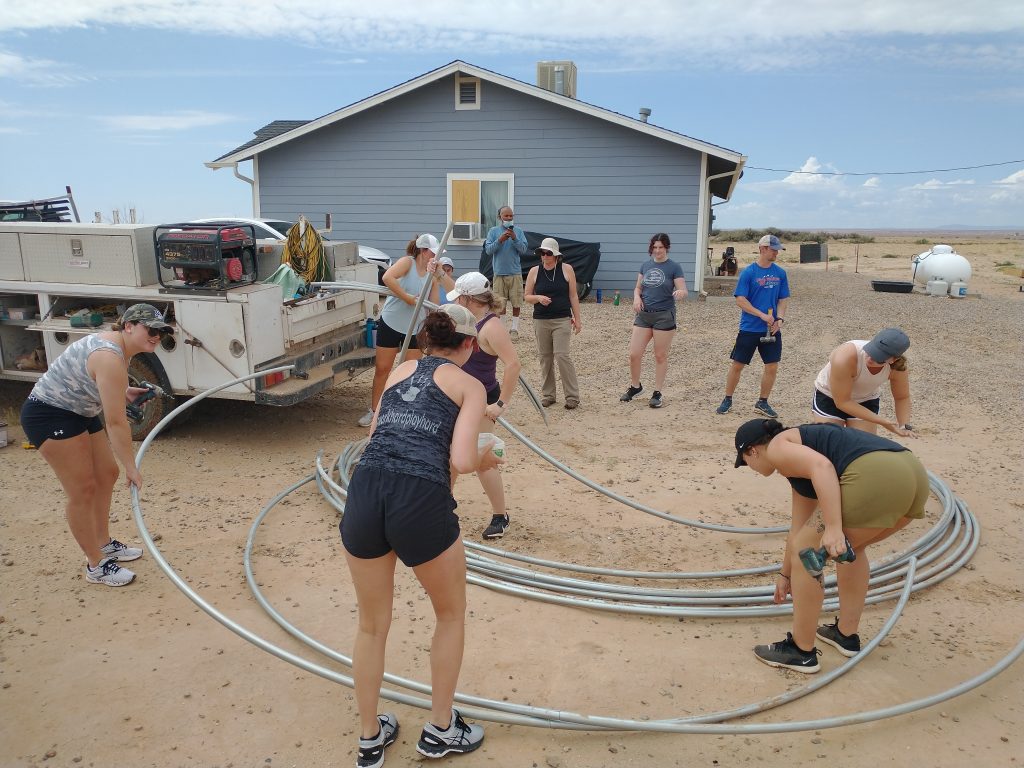
The Yoders have a special interest in indigenous relationships to ecology — a theme they have also explored with EMU students on interculturals among the Maori indigenous people in New Zealand.
This is Yoder’s second trip to the U.S. Southwest with EMU students; he and Kathy are planning a third trip for 2023. Yoder first travelled to the region in 2017 with Professor Gloria Rhodes and Redsteer. A Diné peacebuilder and activist, Redsteer connected with Rhodes through EMU’s Summer Peacebuilding Institute.
“He’s been a wonderful teacher and mentor for us and our students,” Yoder said. “He travelled with us the entire time and we were able to meet people and visit places we otherwise wouldn’t have had access to because Robert could make sure they knew that our main goal was to learn more about their culture.”
Rachel Lute called the entire experience “incredible,” with a highlight being the four days observing, and even participating in, a coming-of-age sunrise ceremony on the White Mountain Apache Reservation: My favorite part of the ceremony was Saturday night, where there is an opportunity for social dancing and all are welcome to dance to the songs led by the medicine men. Kathy, Jonathan, and I danced with the other people attending the ceremony. Being a part of the social dancing allowed me to truly experience the ceremony in a way that watching it won’t have allowed.

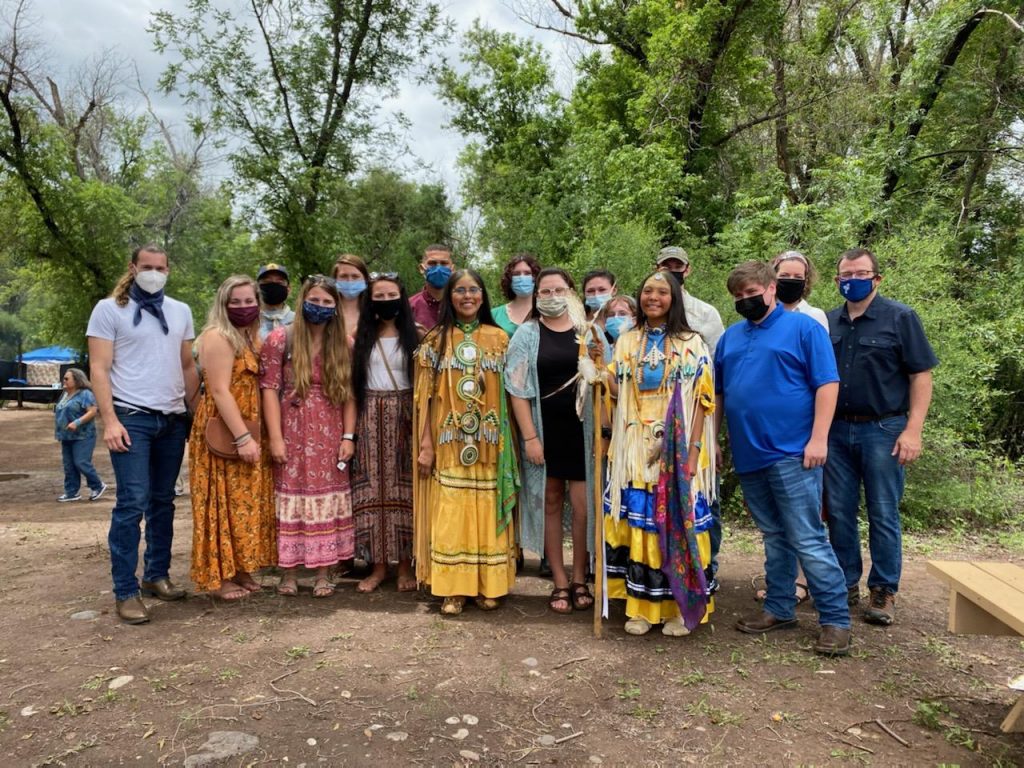
Brown wrote in her journals her surprise at the hospitality and interest of the people during their visit: There were several times that the women and men of the camps stopped what they were doing to show us around or explain what was happening or even to simply thank us for coming to the ceremony and learning more about their culture. They were truly interested in gaining our attention and sharing their knowledge with us.
She experienced the same connection during the group’s homestay experience in Leupp. Her host shared with vulnerability the challenges of her life — and Brown often heard such honesty from other Natives sharing their life stories in the coming days.
Some dynamics of the group’s interactions reflected the distrust of White people. On a visit to a remote home, the group heard from female elders speaking about the disastrous health effects, including cancers, caused by nearby uranium mines. But first they had to reassure the women they weren’t representing mining interests or wanted to see mining start again.
Something is obviously not right when those affected by the mines lack so much trust in others that they fear talking to you because they think your only goal is to learn more information about how to bring the mines back, Brown wrote. How scary and uneasy must that have been for these poor women before we clarified our intentions? I definitely learned a big aspect on how to effectively communicate with others by stating your intentions up front. The instant sigh of relief when they heard that we were mostly nurses was soul-moving.
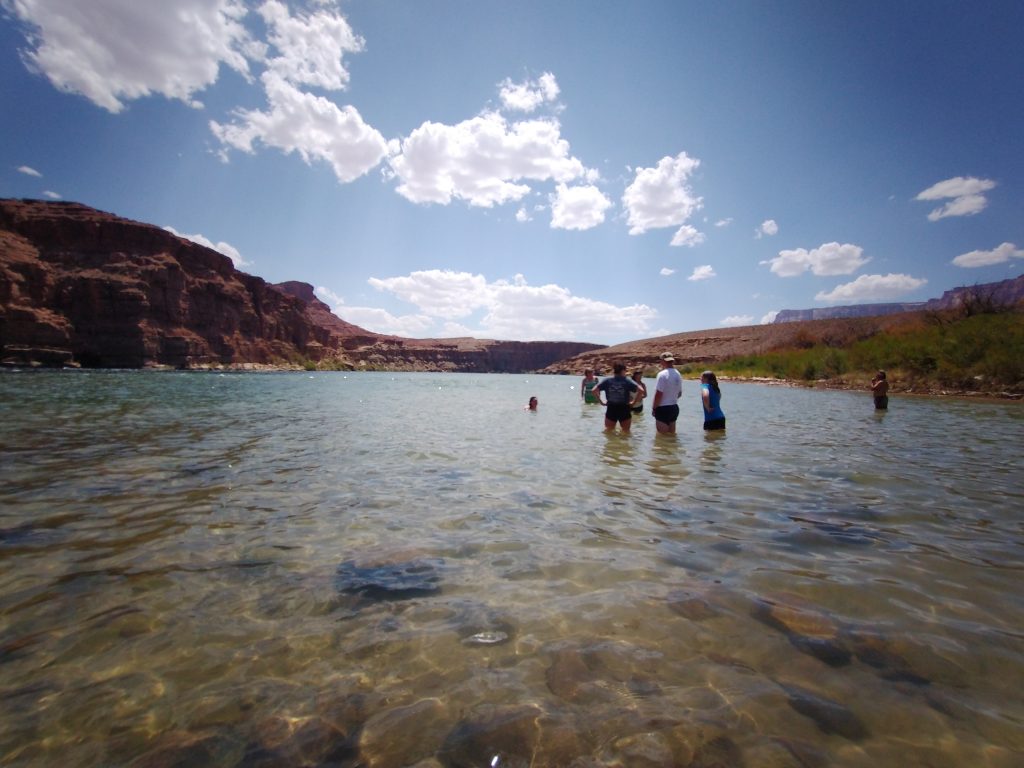
Kathy Yoder said that the COVID-19 pandemic curtailed some of the planned itinerary, with Navajo speakers coming to meet the group instead of traditional hands-on activities in context. Redsteer was helpful in setting up impromptu speakers, including three medicine men, who covered ceremonies involving peyote, coming of age and healing; and other topics such as weaving, politics and tribal governance. They also visited with Miss Navajo Shaandiin Parrish, who occupies the unique roles as tribal spokesperson and an ambassador for native traditions and language.
For Brown, the journey helped her to realize she wanted to learn more about “cultural conflicts happening right in my own country.” She also wants to share what she’s learned from interacting with Native people and intentionally develop her own communication skills as she prepares to become a nurse. The experience was eye-opening in ways she didn’t expect: “I encountered and experienced more change in a short amount of time than I have in most parts of my life,” she said.
Yoder understands. He says travelling through the Southwest is an amazing intercultural experience — I think it challenges students in many ways even more than travelling halfway around the world to New Zealand. To experience these cultural differences within the United States and witness firsthand both the hardships Navajo and other native peoples continue to endure as well as the joy and pride they have when sharing their stories is extremely impactful.
*EMU has recently renamed the Intercultural Program to more accurately reflect the experience.
